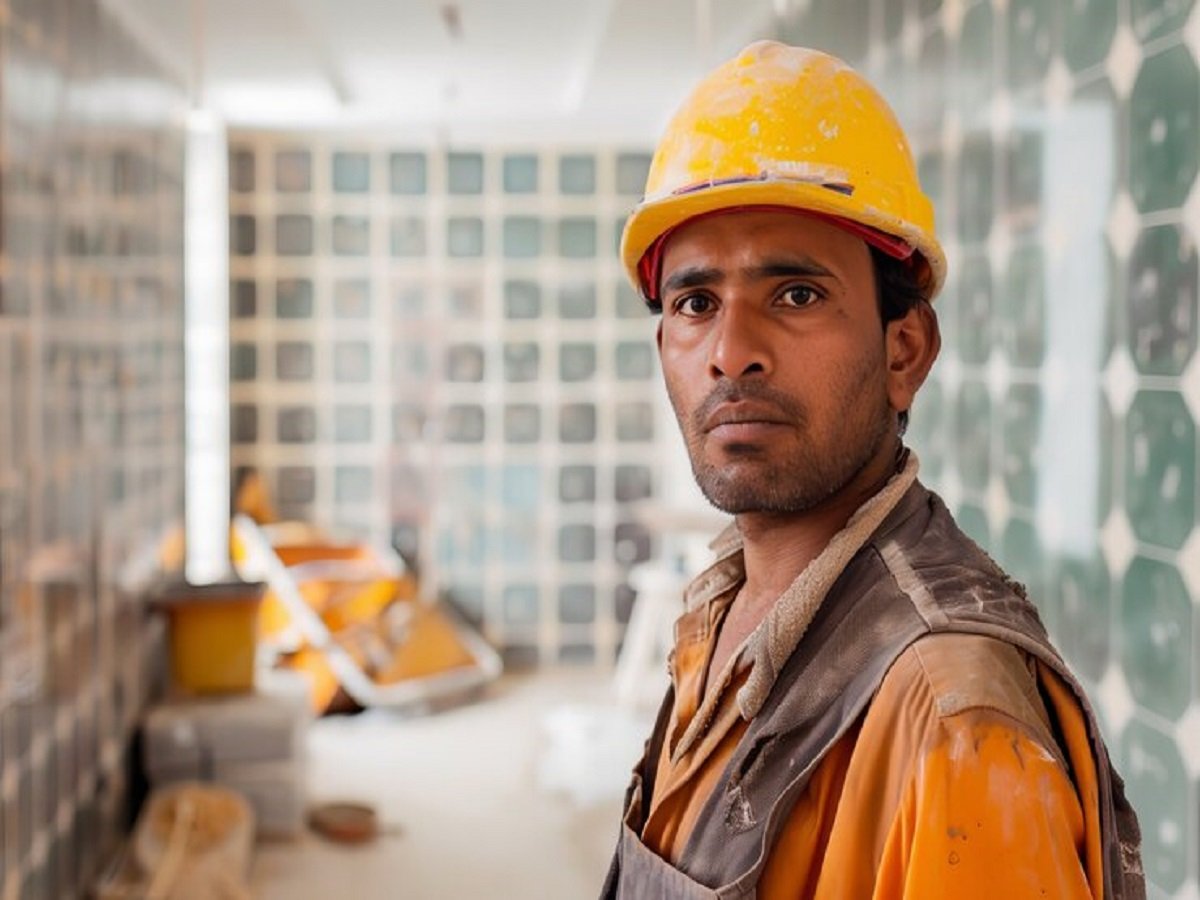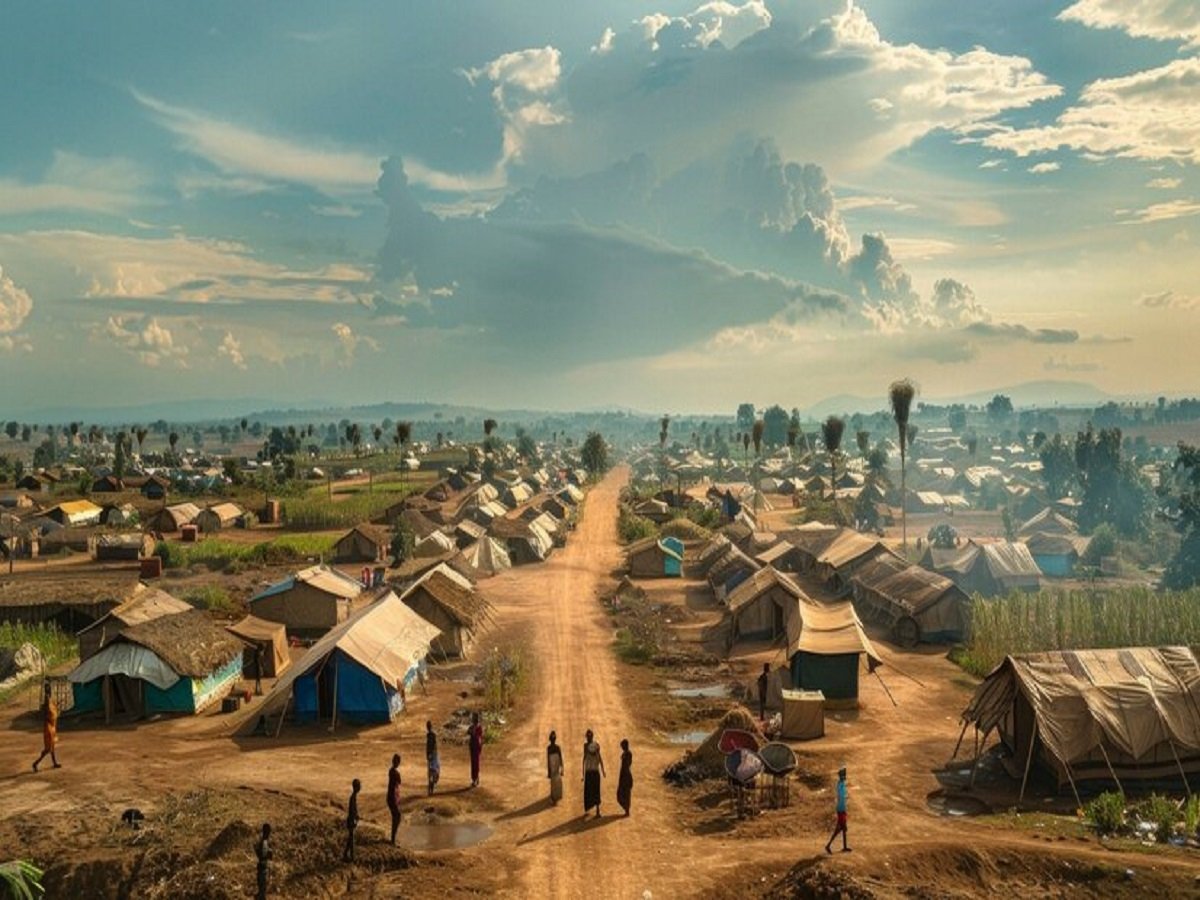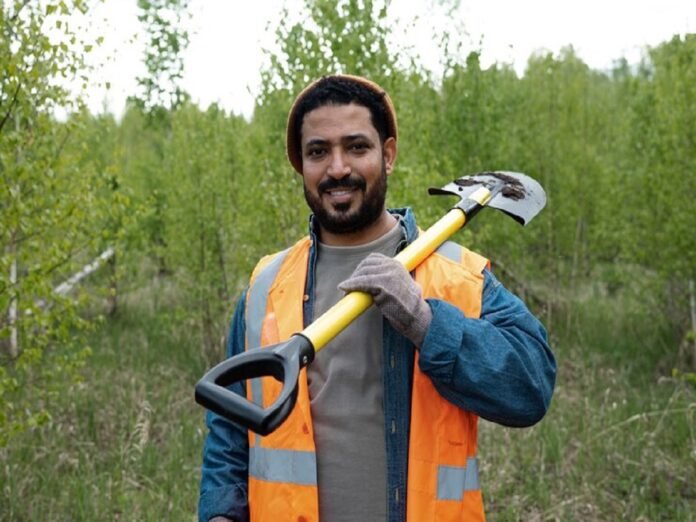Introduction
India’s migrant workers form the backbone of its economy, contributing significantly to various sectors such as agriculture, construction, textiles, and services.
With an estimated 100 million internal migrants, these workers move from rural areas to urban hubs in search of better job opportunities and a chance to improve their standard of living.
However, their journey is fraught with numerous challenges, ranging from a lack of social security to poor working conditions. This article delves into the difficulties faced by India’s migrant workers, shedding light on the issues suffering this crucial workforce.
Economic Challenges
One of the primary reasons for migration is economic distress in rural areas. However, even after moving to cities, migrant workers face several economic hardships:
-
Low and irregular wages: Many migrant workers are employed in the informal sector, where wages are often below minimum standards and payments are delayed.
-
Job insecurity: Without formal contracts, workers can be dismissed at any time, leaving them without a stable source of income.
-
High cost of living: The cost of living in urban centers is significantly higher, which makes it difficult for low-wage workers to save or send money back home.
Social and Cultural Barriers
Migrants often struggle to integrate into urban societies due to cultural differences and discrimination.
-
Language barriers: Migrants from different states face communication difficulties, which makes it harder for them to access services or find better jobs.
-
Discrimination: They often face discrimination from locals, which limits their access to housing and social services.
-
Isolation: The absence of social networks in new cities increases feelings of loneliness and alienation.

Lack of Access to Basic Services
Migrant workers frequently lack access to essential services such as healthcare, education, and housing.
-
Healthcare: Most migrant workers are excluded from government healthcare schemes in cities due to the lack of proper documentation.
-
Education: Children of migrant workers face disruptions in schooling due to frequent relocations, leading to high dropout rates.
-
Housing: Migrant families often live in overcrowded slums or temporary shelters without proper sanitation or clean water.
Working Conditions
The working environment for India’s migrant workers is often harsh and hazardous.
-
Poor safety standards: In industries like construction and manufacturing, workers are exposed to unsafe conditions without proper safety gear.
-
Long working hours: Many are forced to work long hours without overtime pay to meet basic financial needs.
-
Exploitation: Due to their at-risk status, migrant workers are often exploited by employers who take advantage of their lack of awareness about labor laws.
Legal and Administrative Issues
Migrant workers in India face several legal and administrative hurdles.
-
Lack of documentation: Many do not possess identity documents or ration cards in their new location, making it difficult to access government welfare schemes.
-
Limited labor rights: Despite existing labor laws, enforcement is weak, and migrant workers often remain unaware of their rights.
-
Interstate migration complexities: Different states have varying policies, and there is little coordination among them to ensure the welfare of interstate migrants.

Psychological Impact
The constant struggle to survive in an unfamiliar and often hostile environment takes a toll on the mental health of migrant workers.
-
Stress and anxiety: Uncertainty about jobs, income, and living conditions causes significant stress.
-
Depression: Isolation and harsh living conditions contribute to a higher incidence of depression among migrant workers.
-
Family separation: Many migrants leave their families behind, leading to emotional strain and weakened family bonds.
Government Initiatives and Gaps
While the government has introduced several schemes to support migrant workers, challenges remain.
-
One Nation One Ration Card (ONORC): This scheme aims to provide food security by enabling migrants to access ration benefits anywhere in the country. However, its implementation has been slow.
-
Migrant worker welfare boards: Some states have established welfare boards, but their reach and effectiveness are limited.
-
Skill development programs: Programs aimed at upskilling workers have shown promise, but they need to be scaled up and made more accessible.










































